Starting a new health facility requires a lot of planning. Whether it’s a small clinic, a specialized medical center, or a large hospital, your targets should be guided by a solid scheme. One critical aspect of planning for your facility is buying and setting up medical equipment. The right equipment not only ensures the well-being of your patients but also affects the efficiency and effectiveness of your medical practice. In this post, we’ll highlight the essential medical equipment and devices needed for a new health facility, helping you make informed decisions and providing quality care.
Equipment Every Health Facility Needs
As a medical practitioner, you should ensure you have all the necessary tools to offer consistent services, especially if you’re operating a new health facility. Starting off on the right note with patients is vital. The equipment falls in the following categories.
1. Diagnostic Equipment
2. Patient Monitoring Devices
3. Treatment Equipment
4. Surgical Equipment
5. Imaging Equipment
6. Laboratory Equipment
7. Support and Infrastructure
1. Diagnostic Equipment
Accurate diagnosis is the foundation of effective healthcare. Diagnostic equipment helps healthcare professionals identify and understand various medical conditions. Here are some essential diagnostic tools for your new health facility:
Stethoscope: A fundamental tool for auscultation of heart and lung sounds, helping detect abnormalities.
Blood Pressure Monitor: Vital for measuring blood pressure, a key indicator of cardiovascular health.
Thermometer: Necessary for measuring body temperature and diagnosing fevers or infections.
Otoscope and Ophthalmoscope: These devices are essential for examining the ears and eyes, and diagnosing issues like infections or injuries.
Sphygmomanometer: Used to measure blood pressure accurately, including systolic and diastolic pressures.
Glucometer: Vital for monitoring blood glucose levels in diabetic patients.
2. Patient Monitoring Devices
Continuous monitoring of a patient’s vital signs is crucial in healthcare. These devices ensure timely interventions and improve patient outcomes. Key patient monitoring devices include:
ECG Machine: Monitors the electrical activity of the heart, essential for diagnosing heart conditions.
Pulse Oximeter: Measures oxygen saturation in the blood, helping detect respiratory issues.
Ventilators and Respiratory Monitors: Necessary for patients with breathing difficulties, especially in emergency situations.
Blood Gas Analyzers: Helps assess the acid-base balance in the blood and monitor respiratory and metabolic functions.
Continuous Glucose Monitoring (CGM) Systems: Useful for real-time glucose monitoring in diabetic patients.
3. Treatment Equipment
Once a diagnosis is made, treatment equipment will play the next vital step for your new health facility. Depending on your hospital’s focus, this category can include various devices:
Infusion Pumps: Deliver medications, fluids, and nutrients intravenously at a controlled rate.
Nebulizers: Administer medication as a fine mist, ideal for patients with respiratory conditions.
Defibrillators: Critical for cardiac emergencies to restore a normal heart rhythm.
Oxygen Concentrators and Tanks: Provide supplemental oxygen to patients with respiratory issues.
Autoclaves: Used to sterilize equipment and instruments, ensuring infection control.
4. Surgical Equipment
For a new health facility offering surgical services, having the right surgical equipment is vital. Common surgical equipment includes:
Operating Tables and Lights: Ensure a sterile, well-lit environment for surgical procedures.
Surgical Instruments: Scalpels, forceps, scissors, and other specialized tools are essential for various surgical procedures.
Anesthesia Machines: Administer precise levels of anesthesia during surgery.
C-arm Fluoroscopy Machines: Provide real-time X-ray imaging during surgical and interventional procedures.
Surgical Drapes and Sterile Covers: Maintain the sterile field during surgeries, preventing contamination.
5. Imaging Equipment
Medical imaging is a cornerstone of modern healthcare. Depending on your facility’s size and specialization, you may need various imaging equipment:
X-ray Machines: Essential for diagnosing bone fractures, pulmonary issues, and various other conditions.
Ultrasound Machines: Used for imaging internal organs and monitoring pregnancies.
MRI and CT Scanners: Provide detailed images of soft tissues and internal structures.
Mammography Machines: Vital for breast cancer screening and diagnosis.
Nuclear Medicine Equipment: Useful for diagnosing and treating various conditions, including cancer.
6. Laboratory Equipment
For accurate diagnosis and monitoring in your new health facility, a well-equipped laboratory is important. Common laboratory equipment includes:
Microscopes: Used for examining blood samples, tissues, and pathogens.
Centrifuges: Separate substances based on density, crucial for blood and urine tests.
Chemistry Analyzers: Analyze blood and urine for various biochemical markers.
Hematology Analyzers: Count blood cells and assess their properties.
Incubators: Maintain a controlled environment for culturing microorganisms and conducting tests.
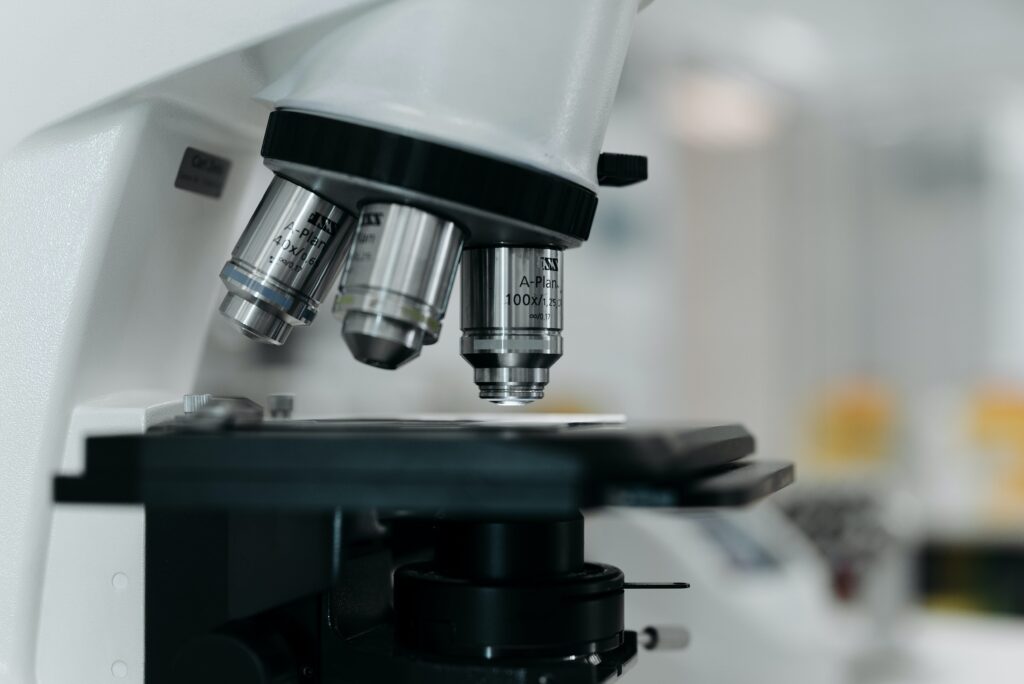
7. Support and Infrastructure
In addition to medical equipment, your new hospital needs proper infrastructure and support systems:
Electronic Health Records (EHR) System: Implement a digital system for storing and managing patient records securely.
Hospital Beds and Furniture: Ensure patient comfort and safety with suitable beds and furniture.
HVAC Systems: Maintain a comfortable and sterile environment for patients and staff.
Medical Waste Management: Implement safe disposal protocols for biohazardous materials.
Emergency Response and Security Systems: Ensure the safety of patients and staff in emergencies.
Administrative and Billing Software: Streamline administrative tasks and billing processes.
Equipping a new health facility with essential medical equipment and devices is a complex yet crucial endeavor. The equipment you choose should align with your facility’s size, specialization, and budget. Ensuring that you have the right diagnostic, monitoring, treatment, surgical, imaging, laboratory, and support equipment is essential for providing quality healthcare services. Moreover, staying updated with technological advancements and complying with industry standards and regulations is vital to the long-term success of your new health facility. By carefully planning and investing in the right equipment, you can provide top-notch healthcare services and improve patient outcomes.

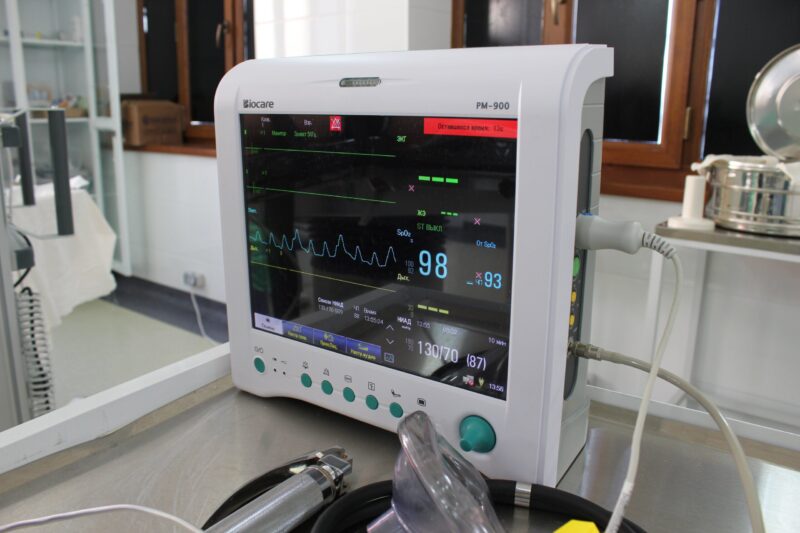
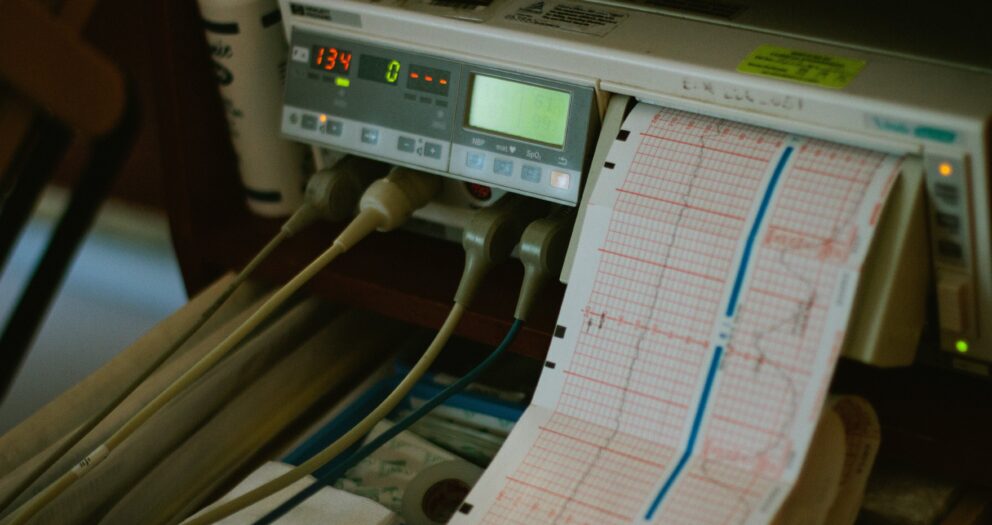
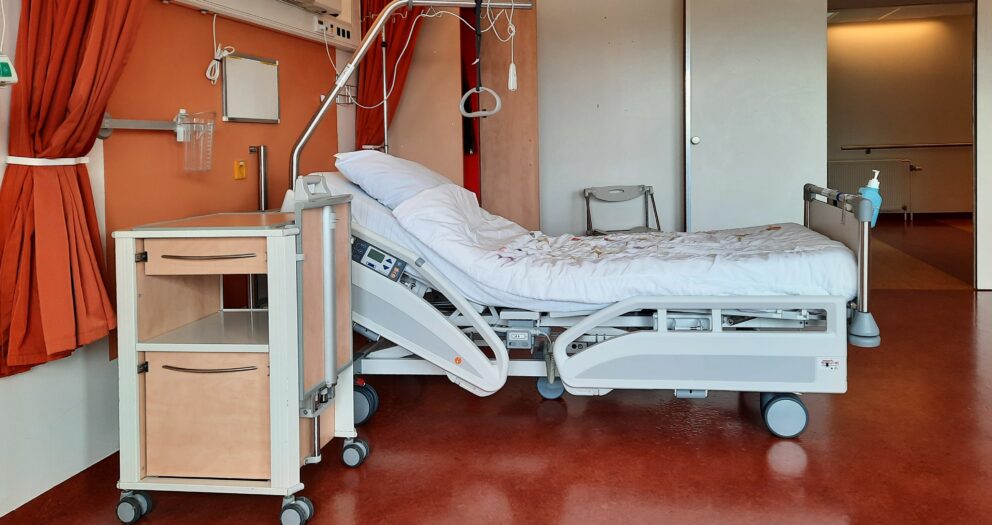
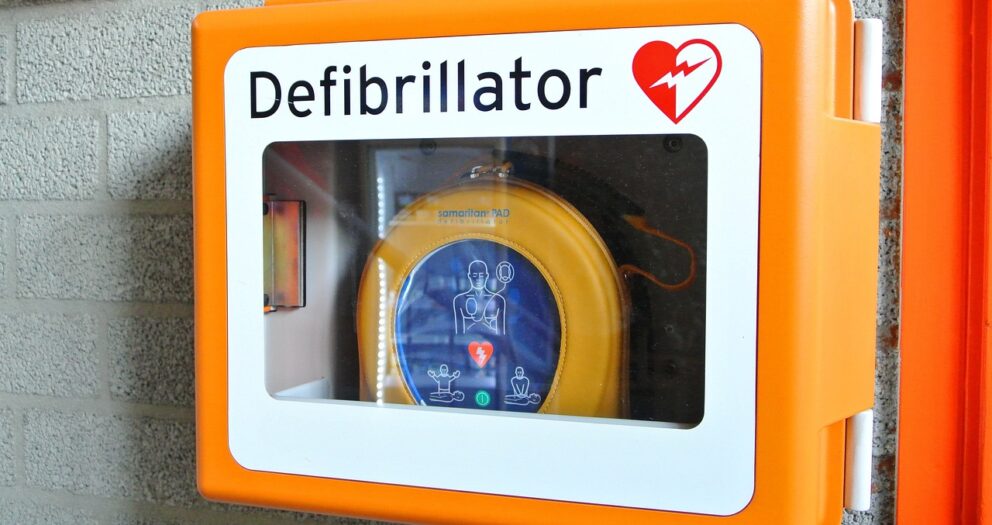
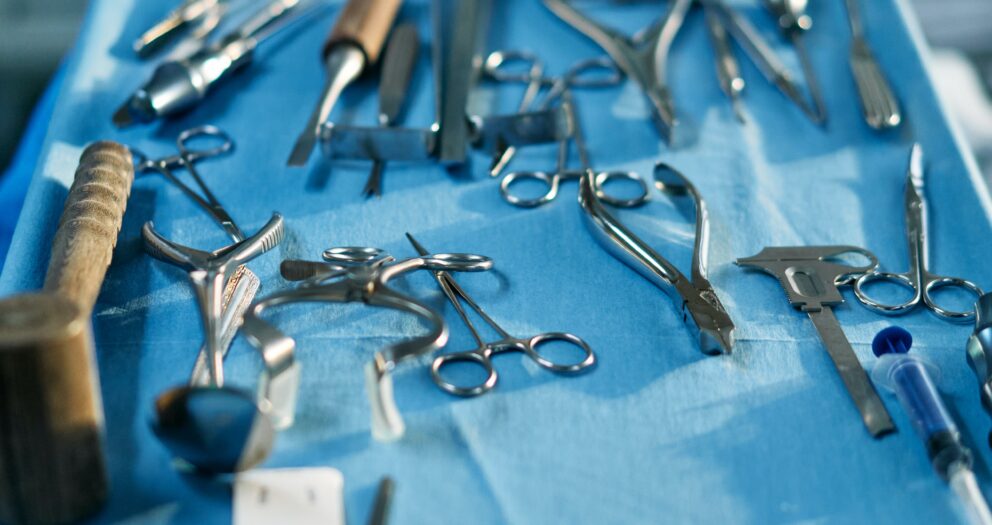
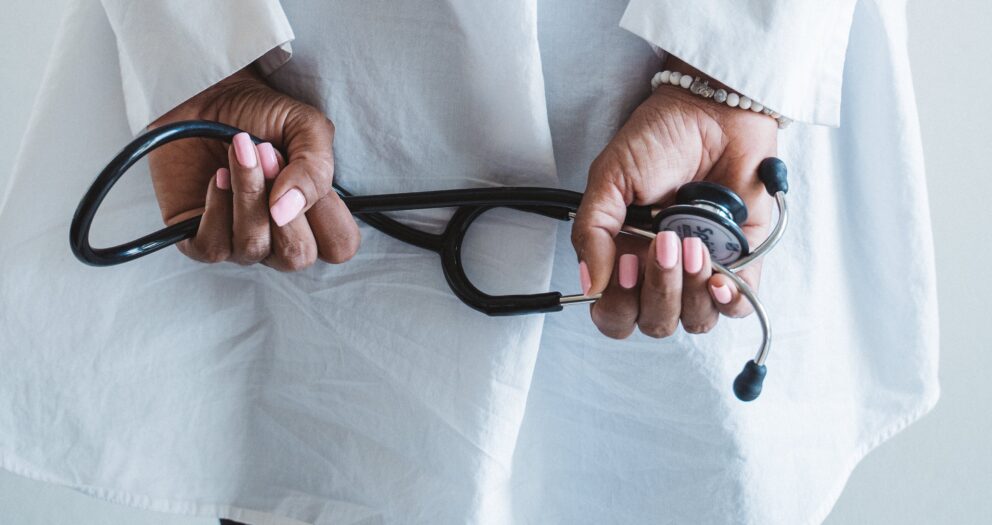
Write a comment
Your email address will not be published. All fields are required